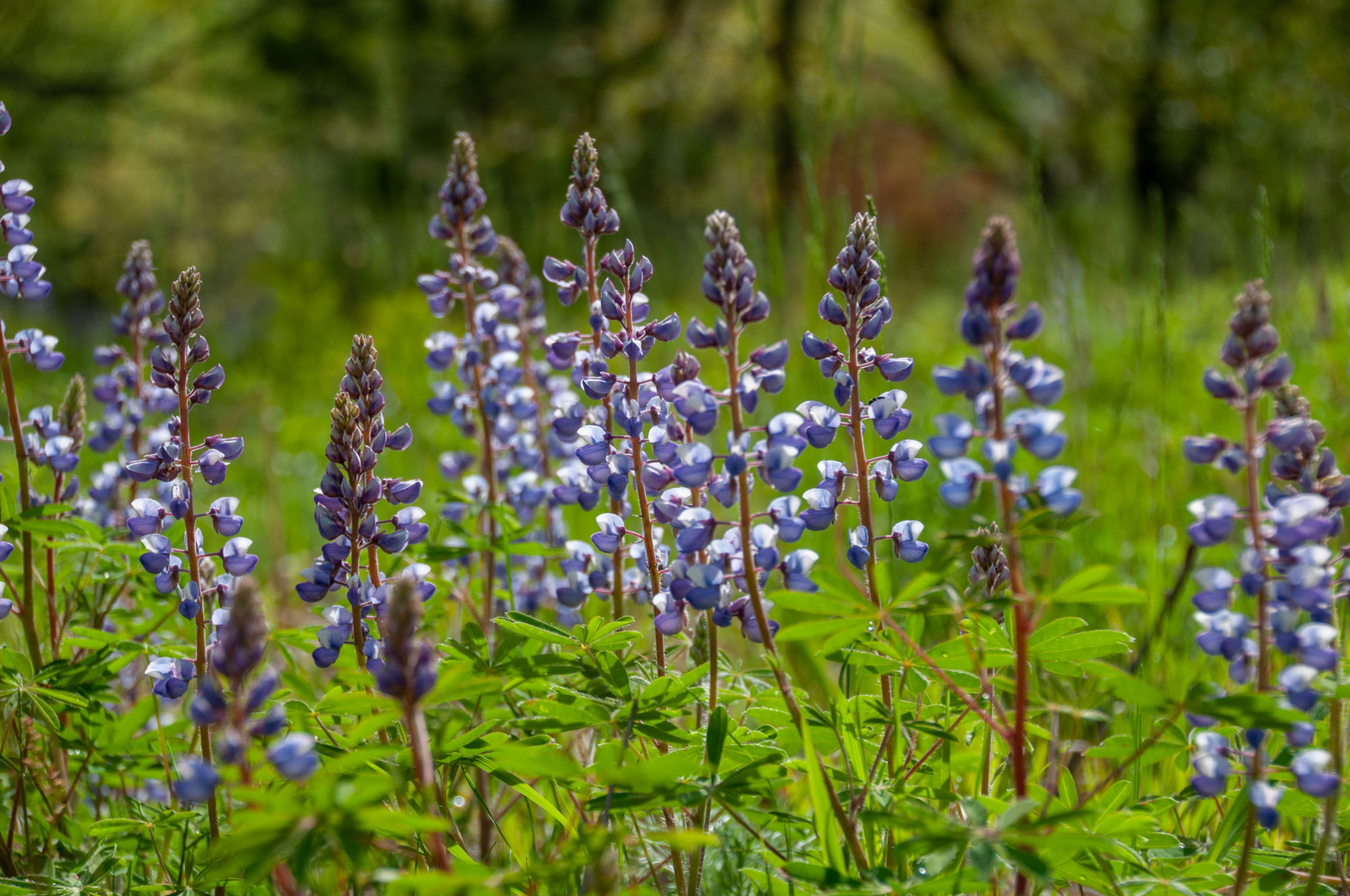
Groundbreaking restoration work at The Highlands
This summer, ground broke on one of the final pieces of the restoration work at The Highlands, a natural area protected in collaboration by the Land Conservancy and Blandford Nature Center.
Construction began on the stream daylighting project in early July. The project will bring a stream that was routed underground over 100 years ago back to the surface, with the aim of improving water quality in the Grand River watershed and creating more habitat for native birds, insects, and wildlife at The Highlands.
Representatives from the many partnering organizations who collaborated to bring this project to fruition gathered on July 12 to commemorate the beginning of construction. Many groups joined the Land Conservancy and Blandford to help develop the plans and provide financial support for the stream daylighting. The project is possible thanks to funding and expertise from the City of Grand Rapids, Michigan Department of Environment, Great Lakes, and Energy, Kent County Drain Commissioner, Natural Resources Conservation Service, U.S. Fish and Wildlife Service, and the Lower Grand River Organization of Watersheds.
Construction began with excavating and shaping the channel for the new stream. The 2,000-foot-long channel has meanders, pools, and riffles (i.e., shallower areas with gravel deposits) that mimic those of a naturally occurring stream. Once the channel was established, a floodplain was created. The floodplain is mostly flat and contains shallow depressions that will collect water during heavy rain events. This will help slow the water’s velocity as it travels downstream, which will reduce erosion, allow stormwater to infiltrate the soil naturally, and improve water quality.
After the channel and floodplain were in place, the crew rerouted the waterflow from underground pipes to the new stream channel at the upstream, or southern, end of the channel. At the downstream end, the new channel was connected to a culvert under Oakleigh Avenue. The old pipe was then collapsed and filled so that it can no longer convey water underground. Instead, the water will flow on the surface along the meanders of the newly daylighted stream.
The next step in the process is to plant the area with a mix of native riparian species near the stream and upland grassland species along the surrounding high ground. Nearly 1,000 native trees and shrubs will also be planted, which will eventually grow to form a forested corridor along the stream. You are invited to help! Join us to celebrate the stream daylighting. Learn more at naturenearby.org/events.
Image from left: Jack Woller, Blandford Nature Center; Justin Heslinga, LCWM; Grand Rapids City Commissioner Kurt Reppart; Joel Morgan, Kent County Drain Commission; Carrie Rivette, City of Grand Rapids; Grand Rapids Mayor Rosalynn Bliss; Kim Karn, LCWM; Dana Strouse, EGLE. Image courtesy Well Design.




